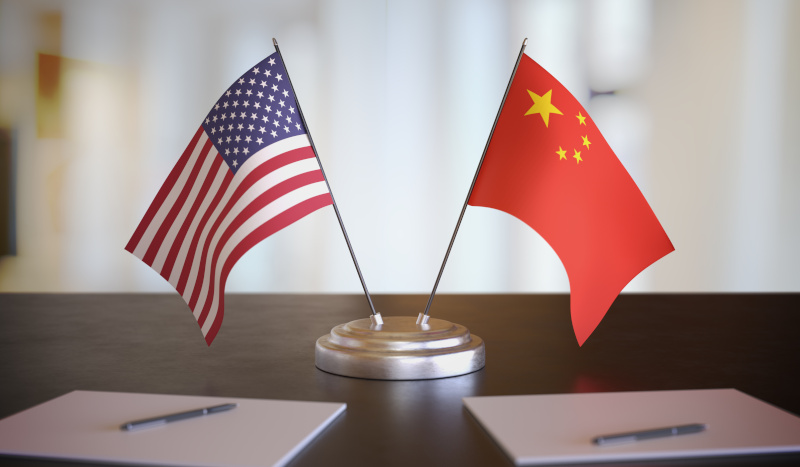
In a cautious step towards easing tensions in the Indo-Pacific, the top US and Chinese military officers, General CQ Brown Jr. and General Liu Zhenli, respectively, held their first video call. The conversation marks a significant development following months of strained relations and comes on the heels of President Biden’s meeting with his Chinese counterpart, Xi Jinping, at the Asia-Pacific Economic Cooperation (APEC) summit in November.
The Biden-Xi meeting, while not resolving all disagreements, paved the way for renewed communication channels, including the resumption of military-to-military talks. This dialogue suspended by China in August 2022 after former House Speaker Nancy Pelosi’s visit to Taiwan. These high-level talks are crucial for managing the increasingly complex and competitive security landscape in the region.
Focus on open communication and avoiding miscalculations
According to official statements, the Brown-Liu call centered on several key themes. Both sides emphasized the importance of open and direct communication channels to prevent misunderstandings and miscalculations, particularly in light of frequent unsafe or unprofessional incidents involving US and Chinese aircraft and ships in the Pacific. General Brown reiterated the need for substantive dialogue “to reduce the likelihood of misunderstandings,” underscoring the potential dangers of communication breakdowns between two of the world’s most powerful militaries.
Tentative steps, long road ahead
While the resumption of military talks is a positive sign. It is important to acknowledge the challenges ahead during this volatile time. Building trust and establishing reliable communication channels will require sustained efforts from both sides. Concerns remain about China’s aggressive military activities in the South China Sea. Concerns also linger about its close cooperation with Russia. These concerns are both factors that continue to strain relations with the US and its allies.
Furthermore, concrete outcomes from the Brown-Liu call are yet to be seen. Plans for future talks and agreements on specific measures to reduce tensions and improve communication have not been publicly announced. Both sides have emphasized the need for further engagement, suggesting that Thursday’s call was only the first step in a potentially lengthy process.
De-escalation and cooperation in the Indo-Pacific
The rekindling of military talks between the US and China offers a glimmer of hope for de-escalation and cooperation in the Indo-Pacific. However, significant hurdles remain. Continued commitment to open communication, responsible competition, and concrete measures to address areas of friction will be essential for building a more stable and secure future in the region. The success of this renewed dialogue will be closely watched by the international community, with the stakes reaching far beyond the bilateral relationship between the US and China.
